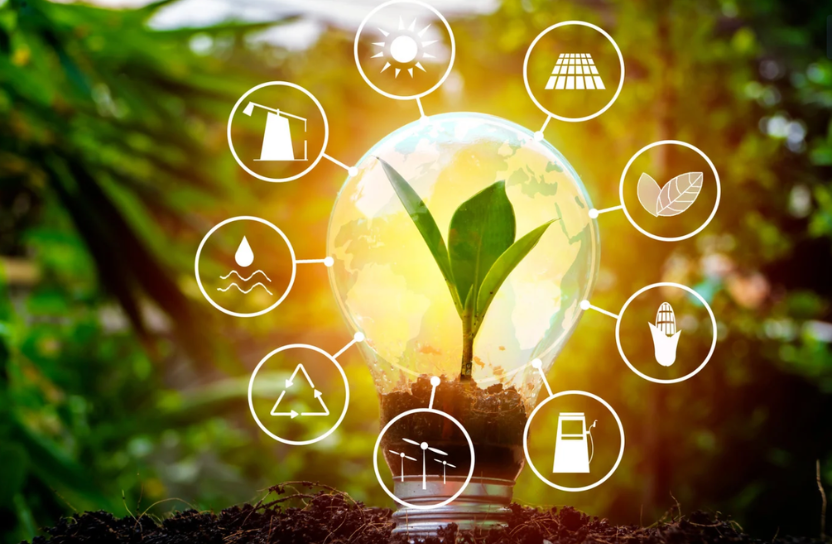Checklista för hållbar IT-utrustning

Uppdaterad 2025-08-28
Det finns många sätt att minska vår klimatpåverkan, men det börjar med kunskap och konkreta verktyg – som denna hållbara IT checklista.
Guide till hållbar IT
Att hantera IT-utrustning smart är ett effektivt sätt att spara både pengar och utsläpp. Den här guiden ger praktiska tips för hur ni får ut mer av det ni redan äger, hur ni kan undvika onödiga köp och skapa en verklig möjlighet till en mer hållbar digital vardag.
1. Ta hand om det ni har
Se till att befintlig utrustning hålls i gott skick så länge som möjligt. Genom att uppdatera mjukvara, rensa filer och damma av hårdvara går datorerna smidigare, håller längre och drar mindre energi. Om något ändå börjar strula är det oftast bättre att byta enstaka delar än hela maskinen: nytt batteri, SSD eller mer RAM kan ge flera års extra livslängd.
2. Köp efter faktiska behov
Håll en uppdaterad lista över inventarier. Då ser ni snabbt vad som används och vad som bara står. Undvik spontanköp och återanvänd hellre en oanvänd dator än att köpa en ny. Investera bara när det verkligen behövs för prestanda, säkerhet eller kompatibilitet.
3. Ersätt när det behövs – inte slentrianmässigt
Policys som säger att alla laptops ska bytas vartannat år skapar bara onödigt avfall. Med rätt skötsel kan många datorer användas i 5–7 år. Fråga medarbetarna om deras behov i stället för att byta ut allt på rutin.
4. Välj återbrukat
Återbrukade datorer och mobiler är både billigare och klimatsmartare. Leverantörer som Inrego eller Swappie säljer testad utrustning med garanti. Det gör återbruk till ett tryggt och hållbart val.
5. När nytt är enda lösningen
Välj produkter med märkningar som EPEAT, TCO Certified eller ENERGY STAR. Föredra tillverkare som öppet redovisar klimatavtryck och använder förnybar energi. Effektiva nätaggregat, strömsparfunktioner och framtidssäker teknik ger mer värde på sikt.
6. Ge utrustningen ett liv efter jobbet
När datorer och mobiler inte längre behövs – sälj vidare, skänk bort eller lämna till certifierad återvinning. Kom ihåg att radera lagring säkert så att information inte hamnar i fel händer.
7. Smarta rutiner i vardagen
Utbilda personalen i enkla vanor: ladda rätt, stäng av utrustning som inte används och förvara den på ett bra sätt. Standardisering underlättar service, och många leasingprogram inkluderar både underhåll och återvinning – en möjlighetatt förenkla hållbar IT-hantering.

Sammanfattning
Genom att tänka cirkulärt och energieffektivt kan företag minska kostnader, avfall och utsläpp. Små steg – som att underhålla, återanvända och välja energieffektivt – leder till en mer hållbar framtid. Och glöm inte molnet: optimerad användning av digitala tjänster är lika viktigt som hårdvaran. På så sätt blir tekniken en resurs för hållbar utveckling, inte en belastning.
Relaterat innehåll
Här hittar du fler artiklar och sidor relaterade till detta ämne.